By William E. Welsh
Following World War I, Visionaries within the German Reichswehr formulated and refined concepts for mobile warfare built around tanks. A crucial part of the new combined arms concept for mobile warfare was armored reconnaissance vehicles that would scout ahead of panzer units. These armored vehicles would perform the scouting role previously performed by horse cavalry.
The Germans designed and developed multiple families of armored scout cars both in the years leading up to World War II and the actual war years. The vehicles designed and manufactured in the 1930s were four-wheeled light reconnaissance vehicles built on commercial truck chassis for cost reasons and made within the constraints of the Treaty of Versailles. Once the Nazis controlled the government, though, they began building heavy armored scout cars with six and eight wheels to obtain greater cross-country capability.
The purpose of armored reconnaissance vehicles was to be the eyes and ears of the German panzer divisions. Speed and stealth were essential. The scouts were supposed to avoid initiating combat. They not only lacked sufficient firepower to overwhelm enemy armored forces, but their superiors did not want their scout cars needlessly destroyed in combat. Nevertheless, losses occurred as enemy forces frequently ambushed armored scout cars. The scout crews had to balance the need for speed with the need for caution.
The scouts’ primary purpose was to explore far ahead of the panzer columns, penetrate enemy lines, and radio valuable information to the main elements of the panzer division. They located and reported on enemy troop positions with a particular emphasis on armor concentrations. They also looked for secondary river crossings that would serve as alternate routes under the assumption that the enemy would block major bridges.
Reconnaissance battalions with armored scout vehicles were part of the organic composition of motorized and armored divisions. Other key elements of the reconnaissance battalions were pioneers, motorcycle troops, and artillerymen in half-tracks or trucks that towed 37mm and 75mm antitank guns. A common tactic was for the German motorcycle troops and artillerymen to brush aside enemy outposts to allow the armored scout cars to surge through enemy lines on long-range reconnaissance missions 60 miles ahead of the main force. German recruiting materials highlighted the adrenaline rush that came from joining a reconnaissance battalion. Those who belonged to these units maintained an esprit de corps throughout the war.
The 1920 Treaty of Versailles limited Germany’s army to 100,000 men of which the officer corps was to number only 4,000. Article 171 of the treaty banned the German military from building vehicles on tracks and severely limited the type of armored military vehicles the Reichswehr was allowed to build. However, the political unrest that consumed Germany in the immediate aftermath of World War I compelled the Allied Control Organization to allow the Reichswehr to have a small number of wheeled armored personnel carriers.
To meet this need, Daimler manufactured 105 of the lumbering Gepanzerter Mannschaftransportwagen (MTW). These unarmored, weaponless vehicles were operated by a crew of three and carried a dozen riflemen. The armored scout cars were designated as Sonderkraftfahrzeug (Sdkfz), which translates to special motor vehicle, and assigned a number. The first of these was the MTW, which was designated Sdkfz.3.
Whereas the Treaty of Versailles forbade the Reichswehr from having armored vehicles, the Schutzpolizei, which was the uniformed civil police force for the individual German states, was allowed to have armored cars. The treaty specified that Germany could recruit 150,000 men into the Schutzpolizei and that it could manufacture one armored vehicle for every 1,000 men.
The Reichswehr subsequently established seven motor battalions, or Kraftfahr-abteilungs, in 1929 that enabled its theorists and engineers to test and refine vehicles for mobile warfare. Concurrent with this was the effort to establish motorized armored reconnaissance battalions that would be an integral part of Germany’s future armored forces once it could get out from under the restrictions embodied in the treaty.
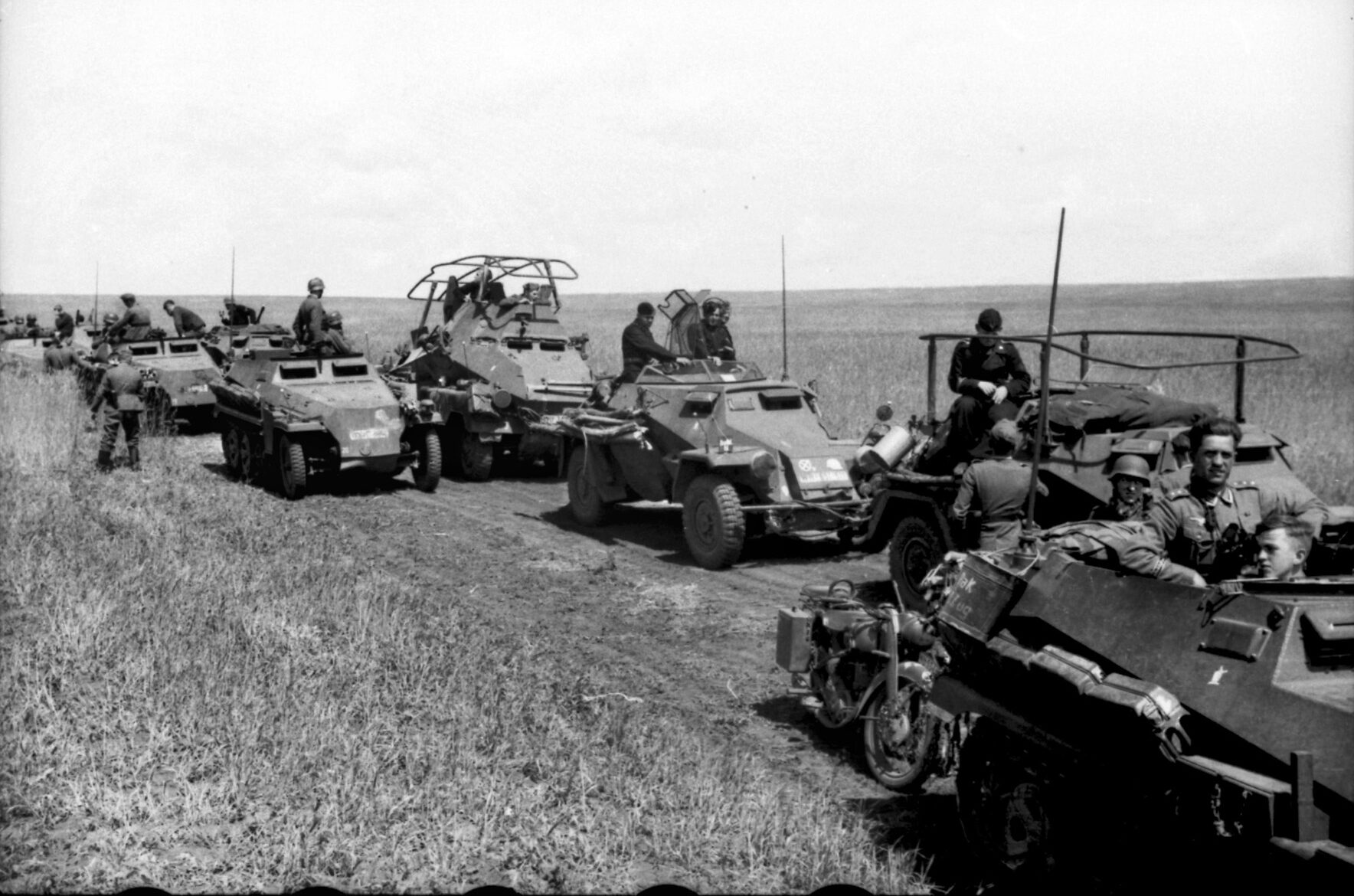
Several respected German vehicle manufacturers, such as Benz, Daimler, and Ehrhardt, produced an armored vehicle with twin machine-gun turrets and a command cupola known as Sonderschupowagen (Armed Police Special Purpose Vehicles) for the Schutzpolizei.
But the proponents of mobile warfare in the Reichswehr desired armored vehicles with substantial cross-country capabilities. Such capabilities were lacking in the Schutzpolizei vehicles designed to protect local police responding to civil disorders.
By 1930, the restrictions on armored cars appear to have been loosening up as the Reichswehr replaced its MTWs with a sleek, four-wheeled Adler Standard-6 lorry with a commercial chassis that featured a rotating cupola that housed an MG-13 machine gun.
Adler produced a better armored scout vehicle in 1933 in the form of the Sdkfz.13. The vehicle was based on Frankfurt-based Adler Work’s limousine-style passenger car introduced
in 1932. The rear-wheel-drive, open-topped machine-gun car had 8mm armor and a two-man crew. The Sdkfz 13 mounted one MG-13 behind an armored shield. Its open design afforded little protection for its crew, and it was derisively referred to as “the Bathtub.”
A model designed strictly for communications, the Sdkfz.14 had no armament. The radio car was designed for a three-man crew and carried a medium-range radio set suitable for up to five miles with a frame aerial antenna. Although initially intended as a scout car for future armored divisions, the subsequent production of better suited vehicles meant that it eventually was relegated to use by German security forces garrisoning occupied countries.
By this time the German Reichswehr had completed its organizational structure for its armored reconnaissance battalions. Each battalion included two armored car companies, one motorcycle infantry company, and a heavy company with engineers, antitank guns, and infantry support guns. As the war progressed, though, the motorcycle companies became woefully inadequate for cross-country operations in far-flung theaters of war with limited primary roads.
Armored cars were soon being built specifically for military purposes throughout Germany. Upon the death of German President Paul von Hindenburg in the summer of 1934, Hitler became the supreme commander of the German armed forces. He shocked Europe on March 16, 1934, by stating that not only was he instituting requirements for general military service, but also that Germany would immediately begin rearming itself.
The German military contracted for its first true armored scout car in 1935. The main components of the light armored scout vehicle, Sdkfz.221, were assembled by two companies, Schichau in Elbing and Machinenfabrik Neidersachsen in Hanover. Horch of Zwickau furnished the chassis and 75-horsepower V8 engine. Built for a crew of two, the two-ton Sdkfz.221 had a rear-mounted engine, a small open-topped turret, 14mm front armor and 6mm rear armor. It was armed with a 7.92mm MG-34 (later upgraded to an MG-42).
In some of the later Sdkfz.221s, a 28mm Panzerbuchse tapered-bore, antitank rifle was substituted for the MG-34. To fit the antitank gun with its shield required cutting away part of the front of the turret. Later models came equipped with a hanging machine-gun mount for defense against enemy aircraft. The design included detachable turret screens to protect the crew from enemy hand grenades. These screens were hinged to allow one of the crew to stand up. Access to the vehicle was either through the turret or a small hatch on the lower half of the vehicle. The Wehrmacht contracted for a total of 339 Sdkfz 221s.
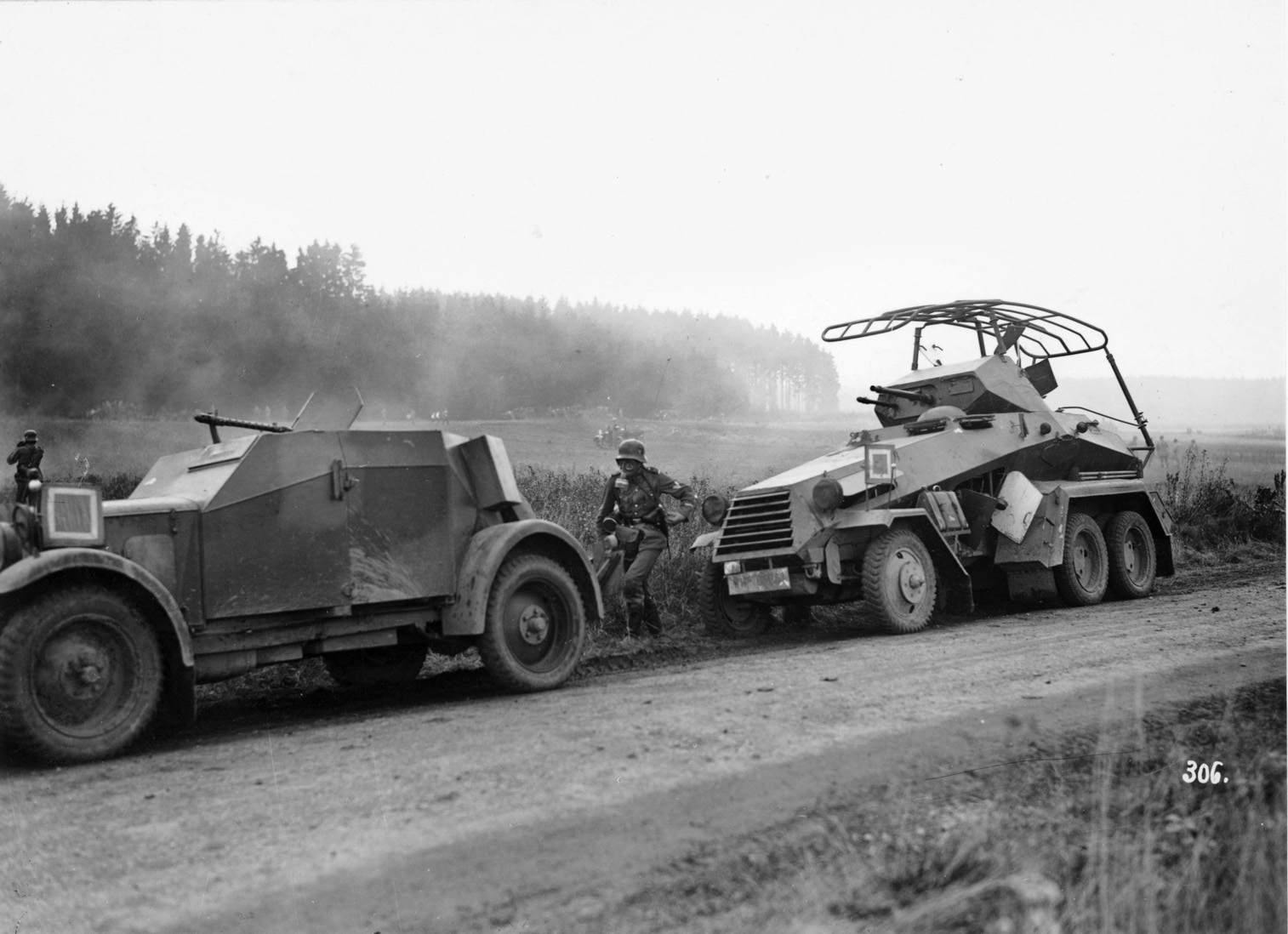
On the negative side, the engineers went overboard in their design for the light armored scout vehicle by including four-wheel drive and four-wheel steering, both of which the driver selected with levers. The latter was unnecessary. Four-wheel steering not only drove up the cost but also increased the maintenance requirements. On the positive side, the rear-mounted engine allowed for a sleek front end with sloped armor that increased its ability to deflect incoming shells.
In addition to having only two crew members, the Sdkfz.221 could be distinguished from its slightly bigger successors by its large driver’s window, its slanted tail, and its rectangular-shaped radiator. The Sdkfz.221 had a top speed of roughly 55 miles per hour and a range of nearly 200 miles. It would prove satisfactory for operations in Poland and France, both of which had good roads, but inadequate for the demands of the Eastern Front. For that reason, it was retired from the battlefront in 1943.
The armored scout car that followed the Sdkfz.221 possessed considerably more firepower and became a ubiquitous component of German light armored reconnaissance through the midwar period. The Sdkfz.222 was built at the Schichau, Machinenfabrik Neidersachsen, and Bussing-NGA engineering works. The light armored scout vehicle had a commander, driver, and wireless operator. It boasted both a 20mm cannon and an MG-34. The 20mm KwK 30 gun was fully automatic with a fire rate of 280 rounds per minute. Later models featured the Kwk 38, which fired 480 rounds per minute. The nearly five-ton Sdkfz.222 had a Horch chassis and was powered by an 81-horsepower Horch engine and had a top speed of 50 miles per hour. The driver had two small windows on the front of the vehicle. The Germans stopped production in 1944 after building 990 Sdkfz.222s.
A radio vehicle model, the Sdkfz.223, came equipped with a 19SE30 long-range radio and a frame antenna. It was armed only with an MG-34. Because of this, the turret was much smaller than the Sdkfz.222’s, which had two turret-mounted weapons. The Sdkfz.222 and Sdkfz.223 were frequently paired on reconnaissance patrols with the Sdkfz.222 furnishing the protective firepower and the Sdkfz.223 furnishing robust communications capabilities.
The Reichswehr also contracted for two command vehicles known as Light Armored Radio Vehicles, which would use the Sdkfz.221 hull. These armored cars were not intended as reconnaissance vehicles but rather as command, control, and intelligence vehicles. Both of the turretless vehicles were designed to have a commander, driver, and two wireless operators.
The Sdkfz.260, which had rod antennas, was outfitted with a FuG Spr “a” short-range radio set for communication among platoon or company vehicles and a Fug 7 VHF transceiver to communicate with reconnaissance aircraft.
The Sdkfz.261 had a folding-frame antenna to support long-range communications. It was equipped with a FuG Spr “a” short-range radio set and a FuG 12 medium-wave transceiver for long-range communications. Production of the two command vehicles began in 1940 and ended three years later with 493 of both kinds built.
The Reichswehr also had plans as early as 1927 for a heavy armored scout vehicle. Because of funding constraints, plans for eight-wheel and 10-wheel versions were weeded out. The planners settled on a six-wheel vehicle that would be built on existing six-wheel truck chassis. The Army Weapons Office awarded contracts to three firms in 1929 specifying that the vehicle should have four driven rear wheels (all of which had two tires) and front and rear steering. Interestingly, the rear-steering position had a steering wheel and driver’s controls.
The Reichswehr proceeded with production of a family of three six-wheel heavy vehicles beginning in 1932. Two of the vehicles were heavy scout cars, and one was a heavy radio car. The Army Weapons Office spread the work around. The Sdkfz.231 heavy armored scout vehicle would use the chassis made by Daimler-Benz AG of Stuttgart, the Sdkfz.232 heavy armored scout vehicle used the chassis made by Bussing-NAG of Braunschweig, and the Sdkfz.263 heavy armored command vehicle used the chassis made by Magirus of Ulm.
The two heavy armored scout vehicles had a fully rotating turret with a 20mm KwK autocannon and an MG-13 machine gun, while the heavy armored radio vehicle had an immovable turret with an MG-13 machine gun. The two heavy armored cars were designed for crews of four. They received newer machine guns as they became available.
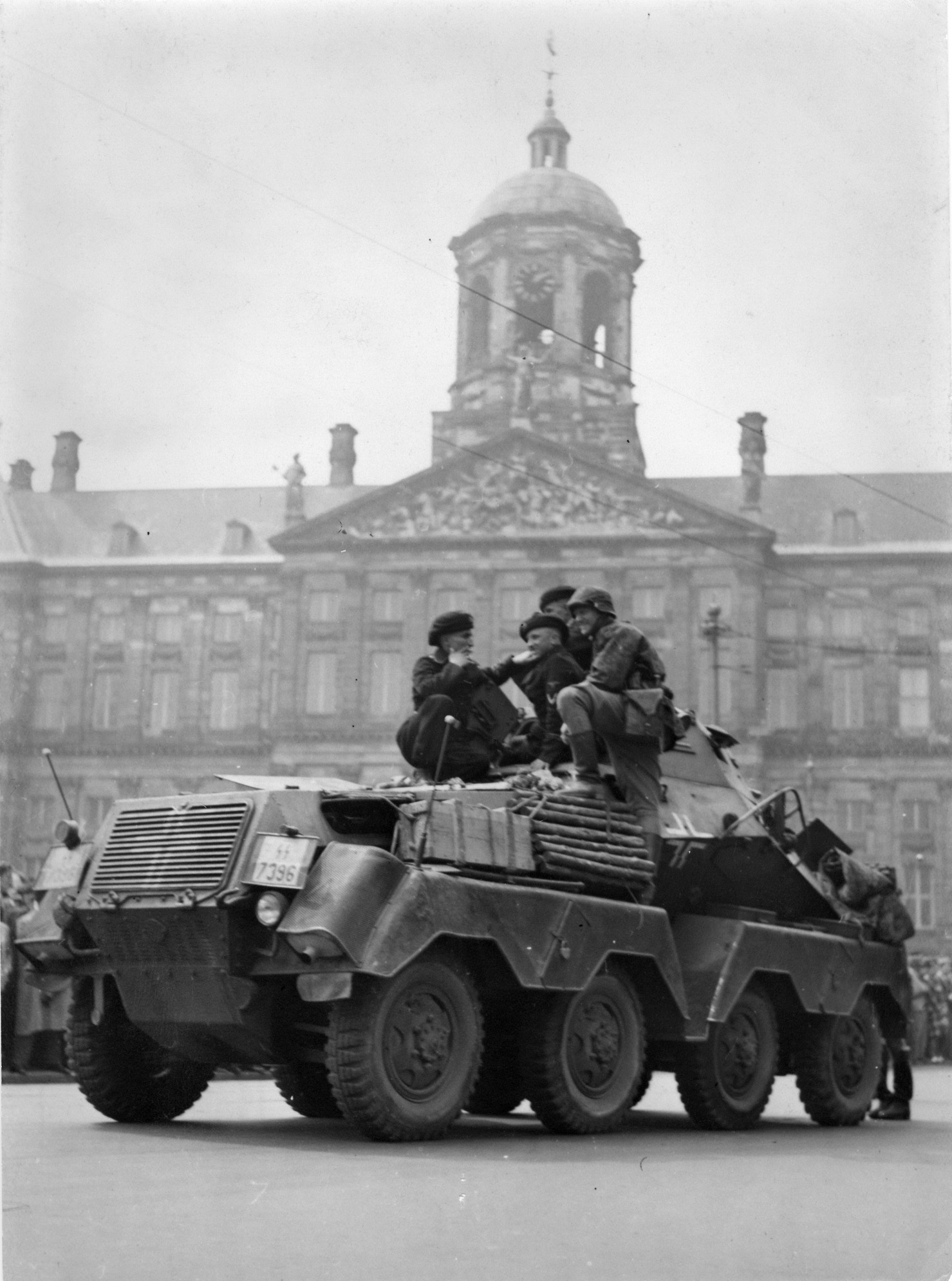
The 5.9-ton Sdkfz.231 (6-rad) used various engines with a range of 65 to 70 horsepower, giving it a top road speed of 37 miles per hour. The angled armor was 14mm thick. The 6.1-ton Sdkfz.232 (6-rad) had radio capability with a frame antenna. The 5.75-ton Sdkfz.263 (6-rad) had radio capability, carried a crew of five, and also had a frame antenna.
The lack of drive to the front axle made for poor cross-country capability even though all vehicles in the family had two ground rollers, one installed under the front of the vehicle and one midway under the chassis designed to prevent the vehicle from getting stuck in various offroad situations. The total number of all three types built between 1932 and 1937 was approximately 1,000. Production halted with the introduction of the eight-wheel scout vehicle in 1937; however, the three six-wheel heavy armored cars were used in the campaigns in Poland and France and then relegated to internal security duties.
Once Hitler rose to power, previous cost-cutting measures, such as the use of an existing truck chassis for the heavy armored car, were no longer necessary. Thus, the armored car designers were able to proceed with the eight-wheeled versions previously left on the drawing board.
The Sdkfz.231 (8-rad) and Sdkfz.232 (8-rad) replaced the Sdkfz.231 (6-rad) and Sdkfz.232 (6-rad), respectively. The 8.15-ton vehicle was powered by a Bussing 155-horsepower engine and was capable of a much improved road speed of 53 miles per hour. Each of the eight wheels had independent suspension. The crew and the armament were the same as the six-wheel version. However, the frontal armor was increased to 30mm while the side and rear armor remained 14mm. Likewise, the Sdkfz.232 (8-rad) had a frame antenna similar to the six-wheel version. Production on the eight-wheeled heavy armored vehicles began in 1936 and ended in 1943 with a total of 607 built.
The Sdkfz.233 (8-rad) was an upgunned version of the Sdkfz.231 (8-rad). The short-barreled 75mm StuK 37 L/24 replaced the 20mm KwK autocannon. The main gun was mounted at the front of the fighting compartment, which was left open. The lack of a turret meant that the gun had a limited traverse. The 75mm guns were left over from production of the Sturmgeschutz III assault gun. Production of the Sdkfz.233 began in July 1942 and ended in October 1943. The vehicle was meant to replace the towed 75mm howitzer used until that time by heavy companies of the armored reconnaissance battalions that had a pressing need for a self-propelled gun. The first 18 produced were sent to Tunisia, and the remaining 111 were deployed on the Eastern Front.
The Germans made the Sdkfz.234 (8-rad) family of eight-wheel heavy armored cars, of which there were four types, toward the end of the war. The diesel-engine Sdkfz.234/1 with a crew of four had a 20mm cannon, an MG-42 machine gun, wireless radio capability, and larger diameter wheels than the Sdkfz.231 (8-rad) series for substantially better cross-country capability. The 10-ton vehicle’s frontal armor was 30mm thick, turret side and rear armor were 14.5mm thick, and hull rear and side armor were 8mm thick. The designers increased the fuel capacity, which gave the vehicle an impressive range of 372 miles. The Germans began producing these in June 1944 and built 230.
The four-man Sdkfz.234/2 (8-rad) boasted the KwK 39 50mm L/60 gun used by late variants of the Panzer III. The Puma, as the vehicle was known, also had an MG-42. The cannon, which had a muzzle brake to reduce recoil, and machine gun were mounted coaxially in an enclosed turret with full traverse. The Germans built 101 between September 1943 and September 1944.
The turretless Sdkfz.234/3 was armed with a 75mm L/24 howitzer with limited traverse and an MG-42. The Germans built 88 in the three-month period from June to September 1944.
Production of the Sdkfz.234/4 began shortly afterward. This vehicle mounted the PAK 40 antitank gun on a pivot in an open fighting compartment along with an MG-42. Production ran from December 1944 to March 1945. During that period 89 were built.
Also worth mentioning was the Sdkfz.263, which was a five-man radio vehicle with a FuG 12 medium-wave transceiver for long-range communications. The vehicle, which was produced between 1938 and 1943, had both mast and frame antennae and was armed with an MG-34 (later MG-42) machine gun. A total of 240 were built.
In the long retreats that characterized the last two years of the war, particularly in Russia, the armored cars were used in battle groups formed of remnants of panzer, panzergrenadier, and SS divisions. Under such circumstances, the notion that scouts were not to engage in combat often went by the wayside and firepower was critical to survival. From this standpoint, the thicker armor and larger weapons possessed by the eight-wheel heavy armored scout cars undoubtedly proved quite useful.
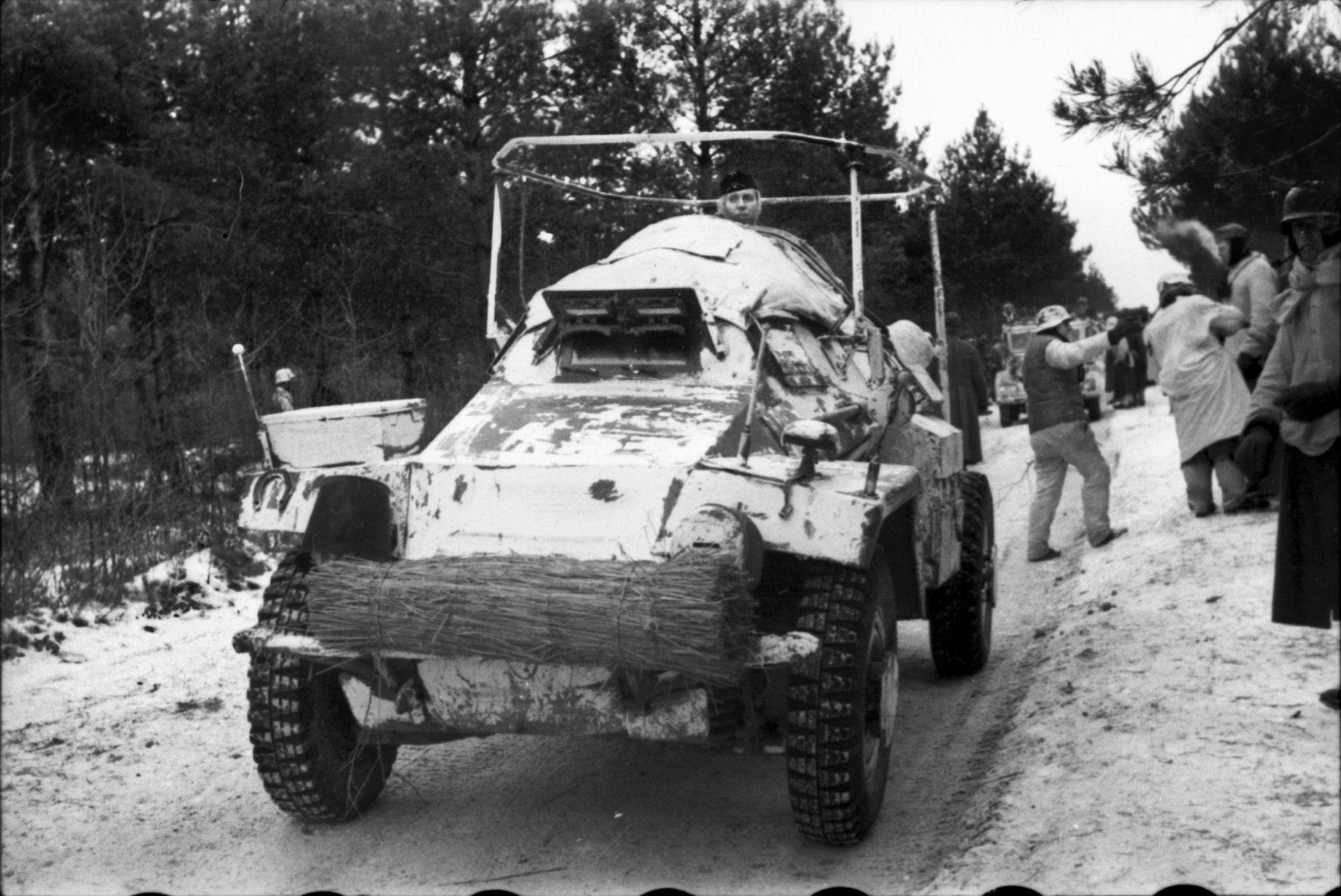
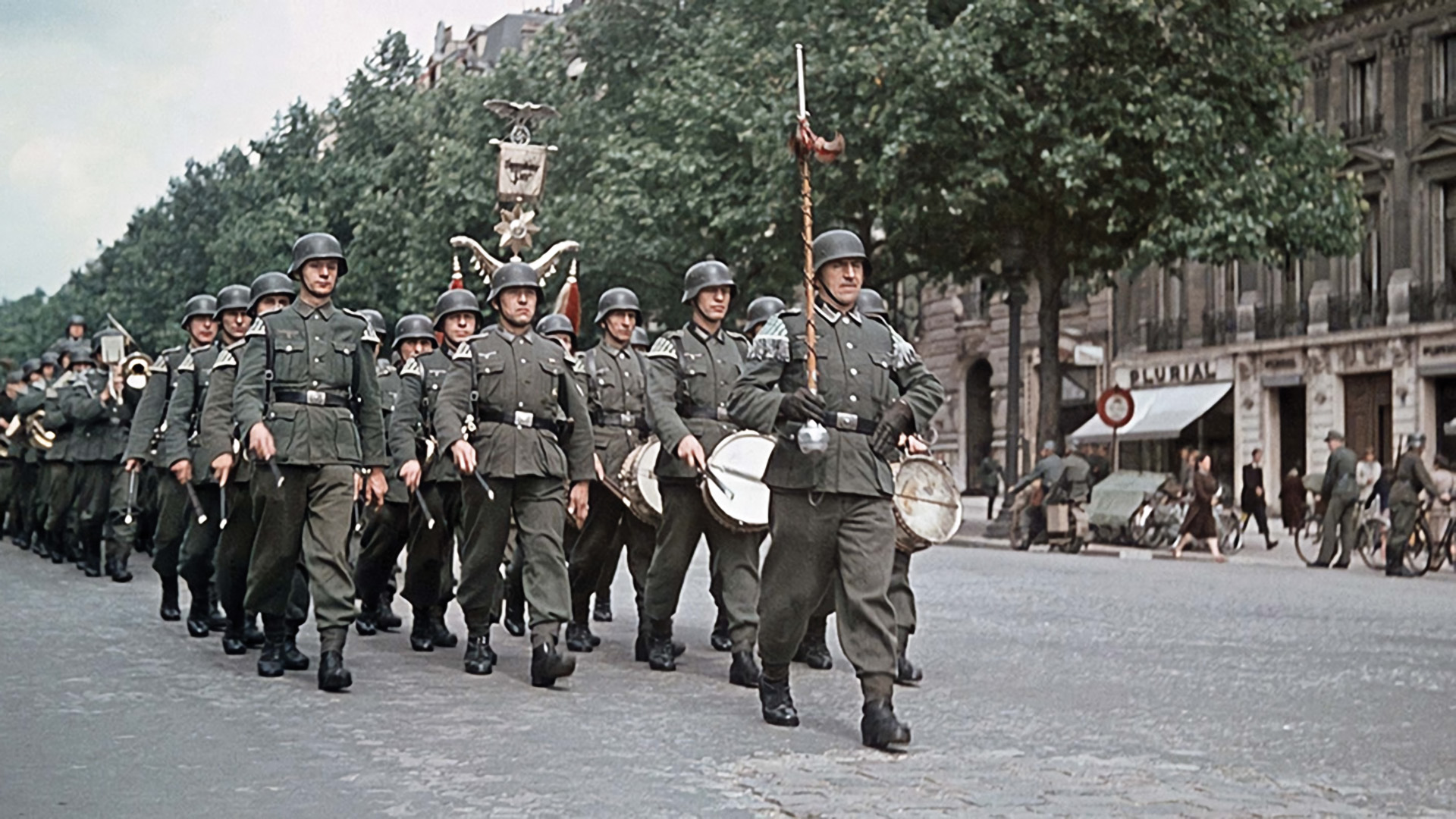
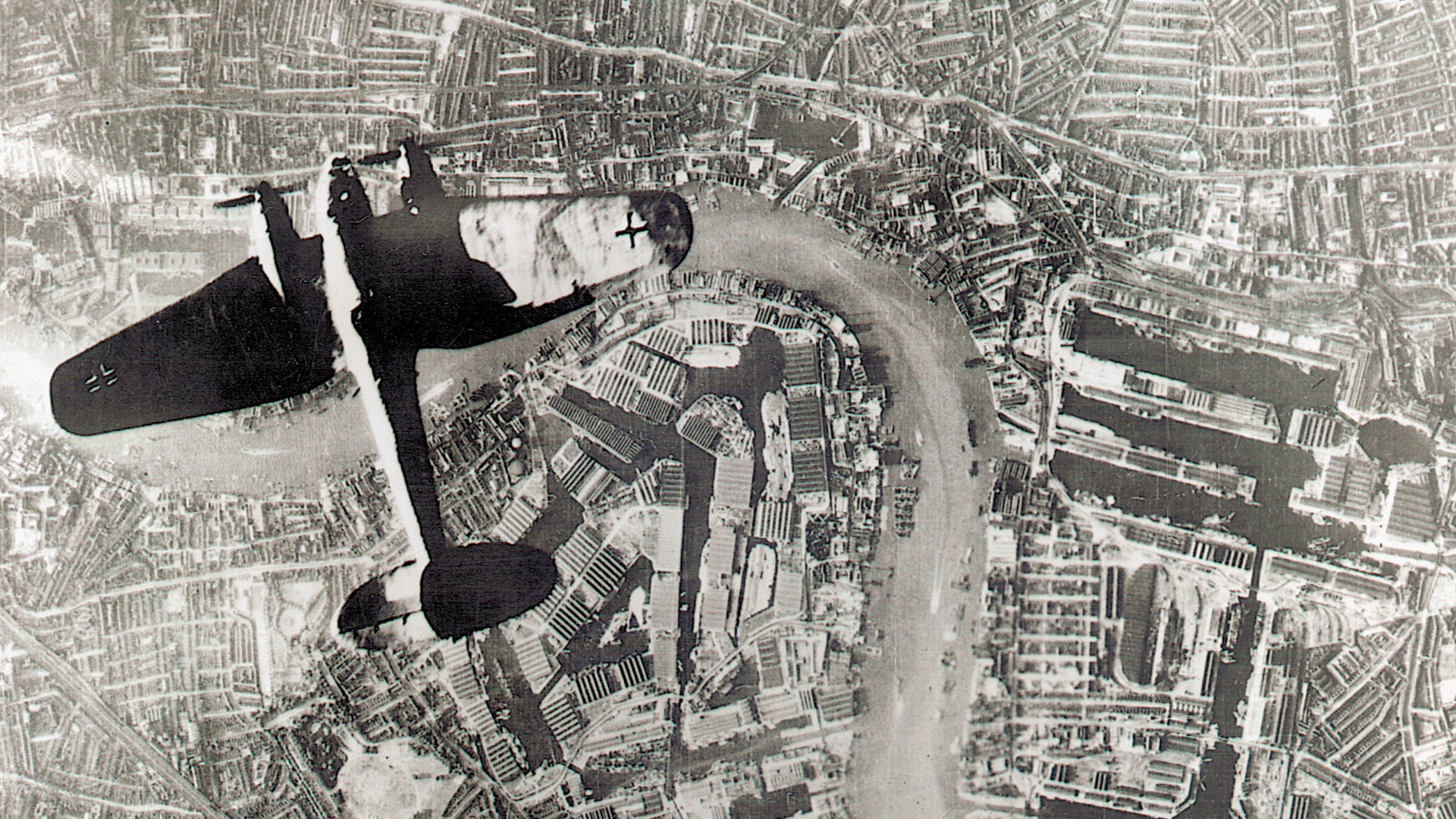
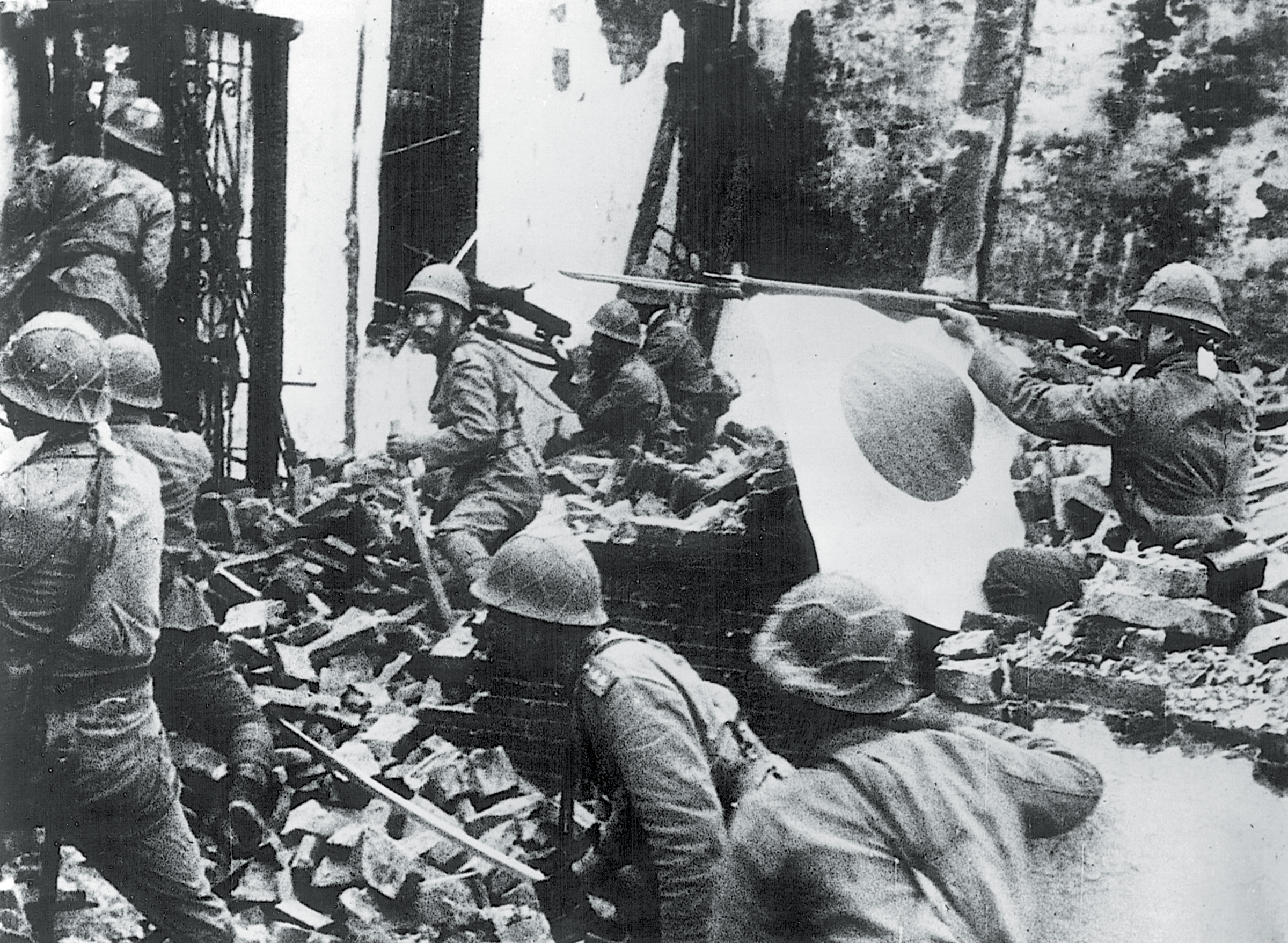
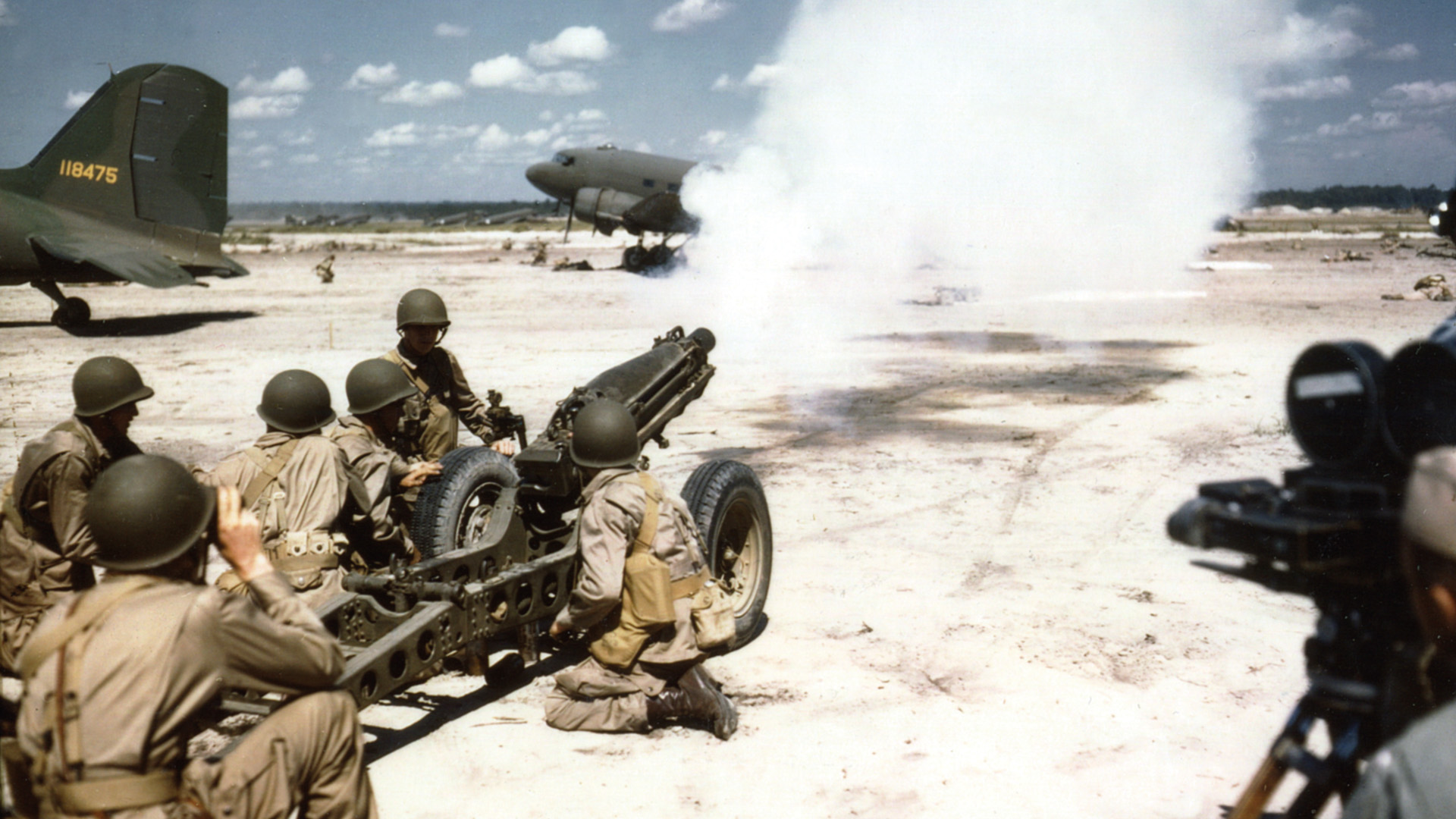
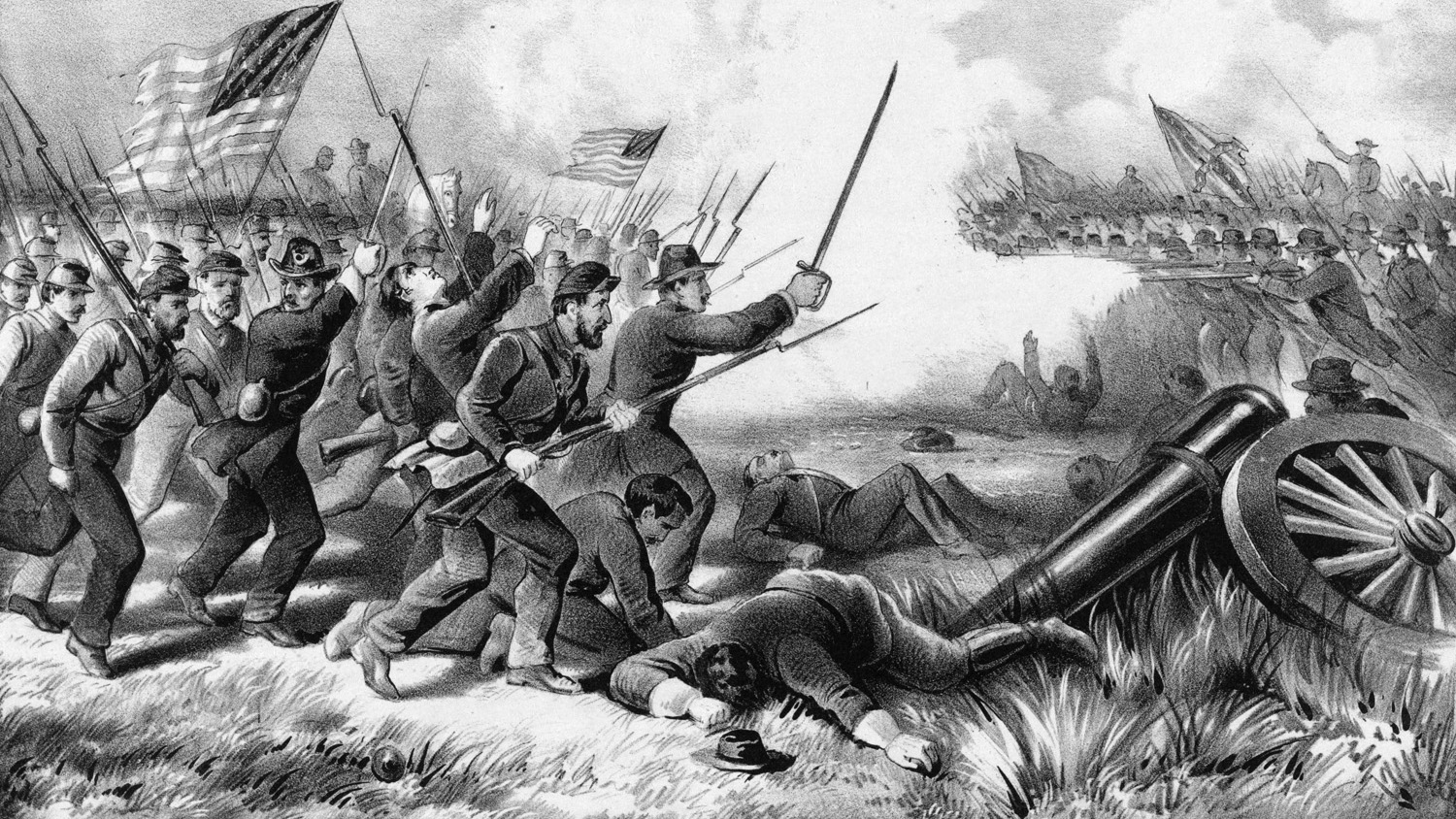
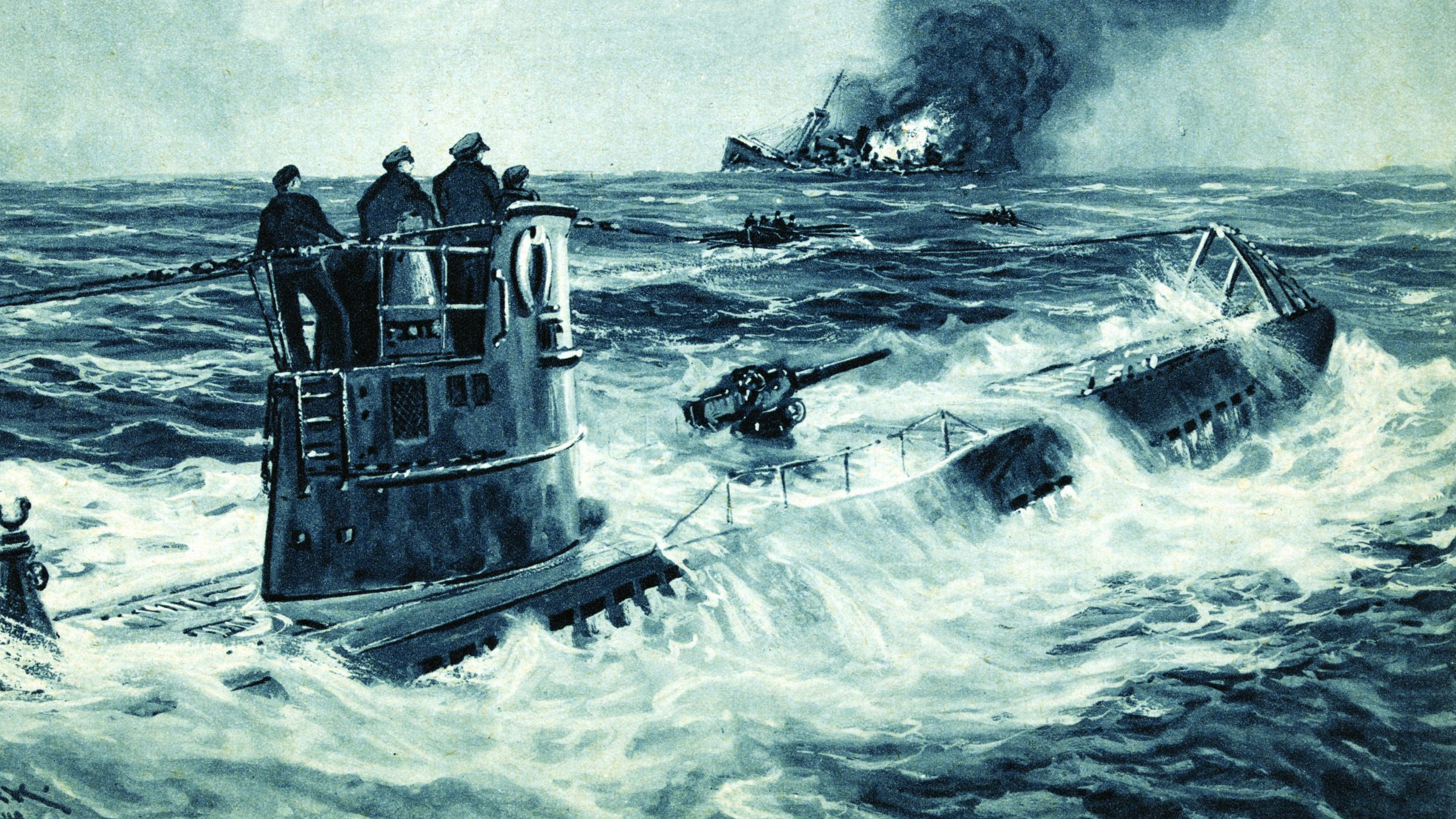
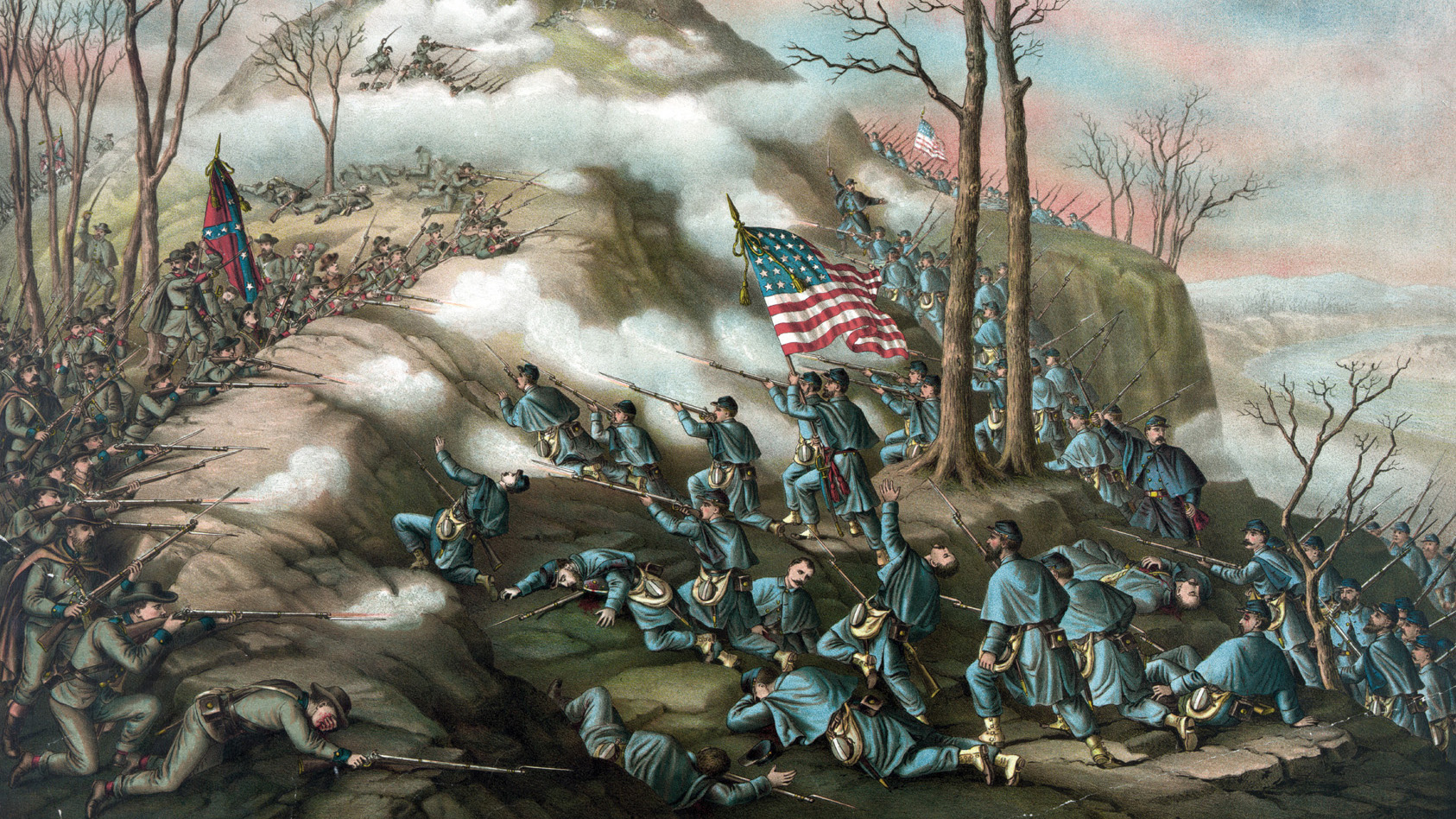
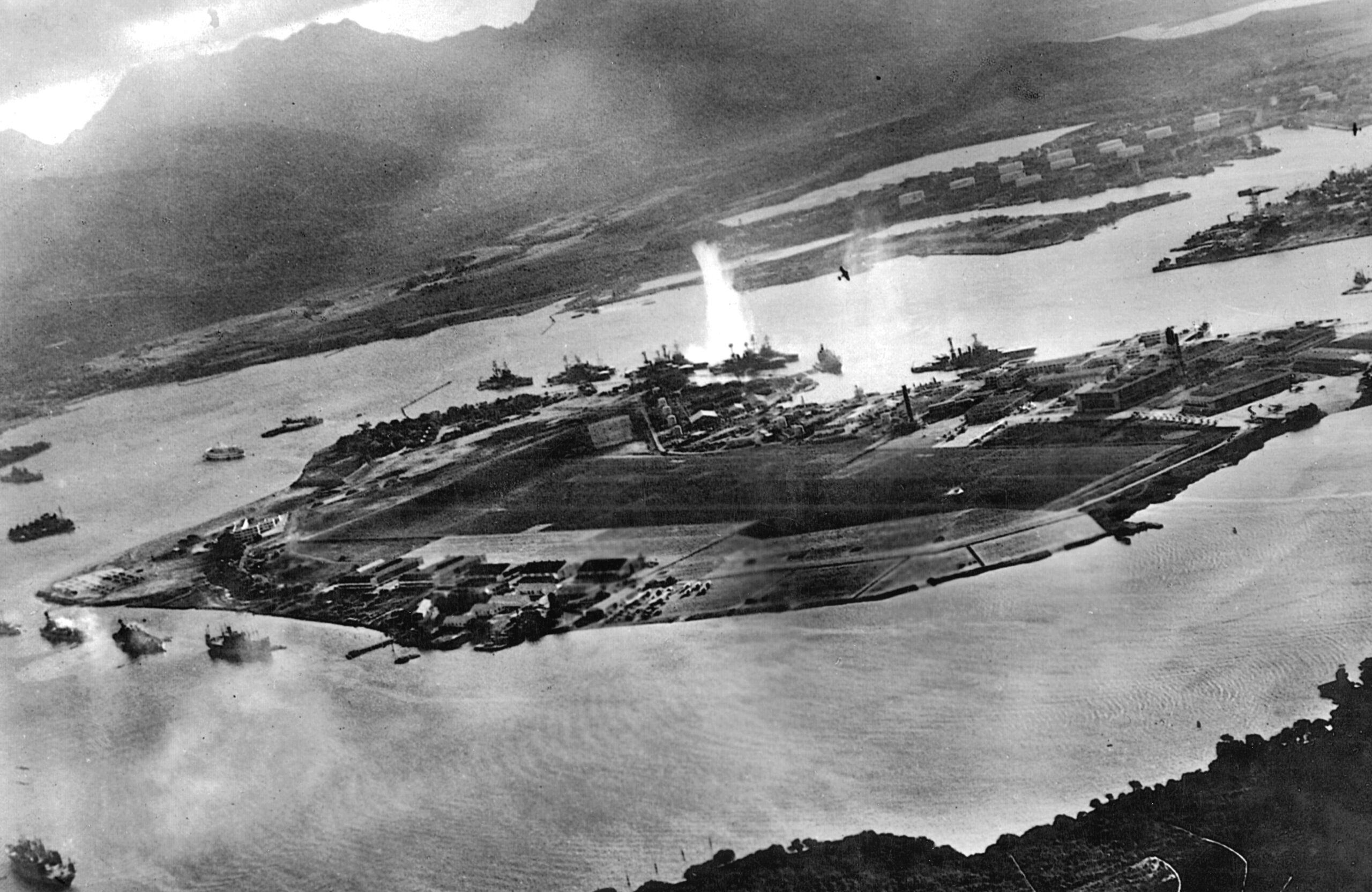
Join The Conversation
Comments
View All Comments